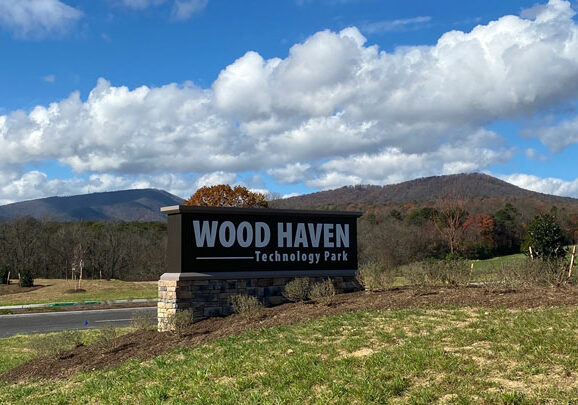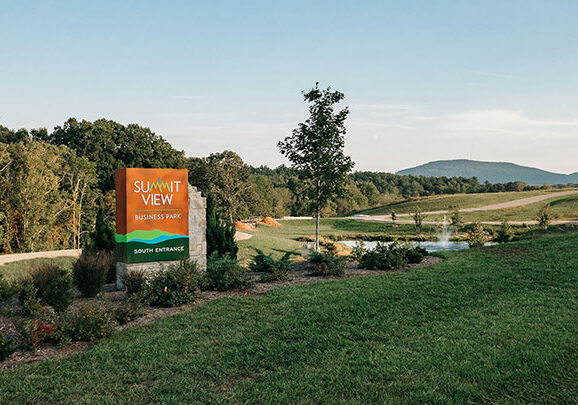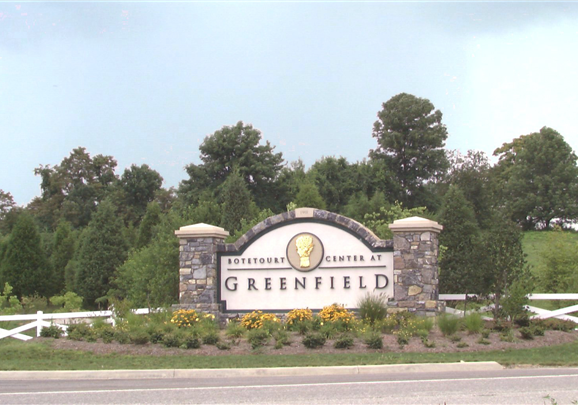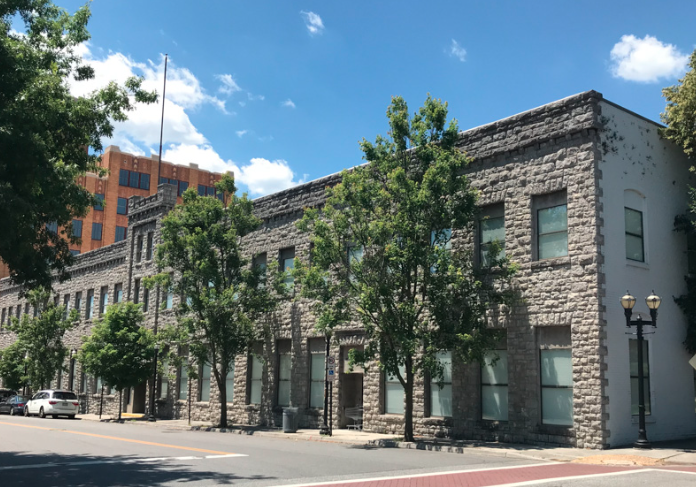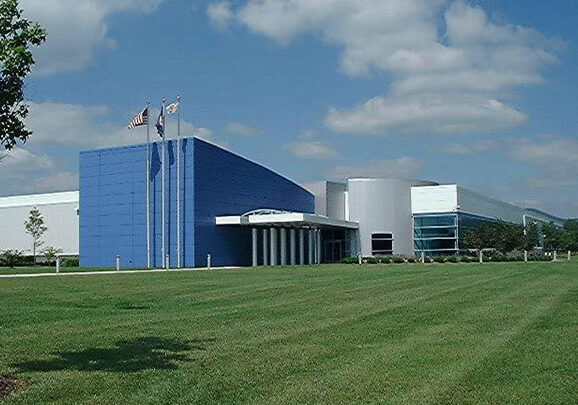Water: Fuel for Food, Beverage Expansions
By Beth Doughty, Roanoke Regional Partnership Executive Director (2012)
Water is the fuel that drives the food and beverage industry.
With this summer’s drought straining water supplies in a large swath of the nation and creeping urbanization causing increasing restrictions on wastewater, food and beverage manufacturers are keeping an eye on one of their most important assets – the quality and quantity of their water supplies.
To remain competitive in these challenging conditions, some companies may be looking to expand or relocate to ensure future production and profitability. The Roanoke area is home to Pepsi and Coke bottlers, brewers, and food processors such as Maple Leaf Foods. The region was a finalist in the Sierra Nevada Brewing Company search. All these companies share needs for plenty of high-quality water and unusual discharge capacity. Here are some things we’ve learned working with companies such as these:
- Is there enough water? With many areas browned out from lack of moisture, supplying a large-scale operation requires sufficient capacity. Be sure to check the size of a region’s water supply and whether there’s a water grab in progress. Will there be enough water to fuel your growth? Here in the Roanoke Region of Virginia, in the Blue Ridge Mountains, 32 million gallons of excess capacity are available daily.
- Is the water quality good? When inspecting water quality, look for water that’s protected from development. Are there any upstream issues? How close are the headwaters of the watershed? Before doing anything, be sure to conduct an extensive scientific analysis of water quality. The Roanoke Region is at the top of the Roanoke River watershed and one of the several reservoirs is Carvins Cove, located in a massive conservation area surrounded by mountains. Several reservoirs ensure redundancy in case of drought or contamination. Make sure there is an interconnected distribution system that provides a reliable supply.
- What are the sewer rates? Quality and quantity are critical but sewer rates can really add to your operational expenses. How do rates compare to other regions? To the state overall? Here in Roanoke we enjoy rates that are 15 percent below the Virginia average.
- What’s the treatment capacity? Sourcing and consuming water is one thing. Treating wastewater is also an important factor in a site selection. Does the locality have sufficient means to treat wastewater? Look for the average daily flow. If it’s near capacity it could restrict your future growth.
- How soft is the water? Large sources of water range from soft to only moderately hard and don’t require softening for a wide range of industrial uses.
- What are the surcharges? One of the things that companies like about our region is that our local water authority doesn’t place a pounds-of-waste surcharge on industrial sewage users. Look for advanced tertiary treatment system and unused capacity, which reduces or eliminates surcharges.
- Are effluents restricted? Greater concentrations can require wastewater pre-treatment, which can add to the costs of doing business. Look for regions, like Roanoke, with liberal limits on effluents, thereby eliminating or limiting the need for pre-treatment.
Water isn’t the only factor for the industry to consider, of course. Transportation to key markets is crucial. Roanoke, for example, is within a day’s drive of two-thirds of the U.S. population. Other things to think about are workforce quality, cost of living and a sense of place – is the location a great place to live and work and not just a good source of water?
Like any site selection process, there are numerous factors to consider. But with water a limited and potentially costly resource now and into the future, it’s better to do your homework first.
Beth Doughty is executive director of the Roanoke Regional Partnership. This article first appeared in “Business Facilities: The Location Advisor.” She can be reached at Beth@roanoke.org.
